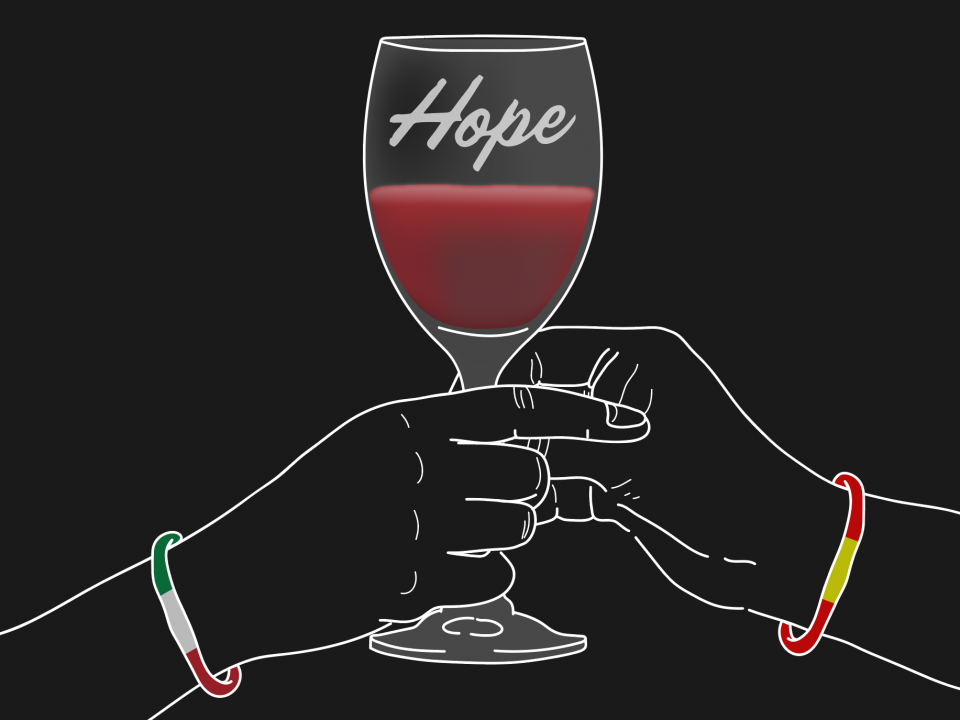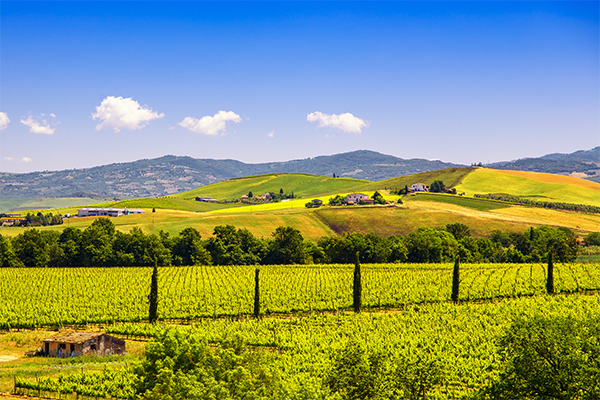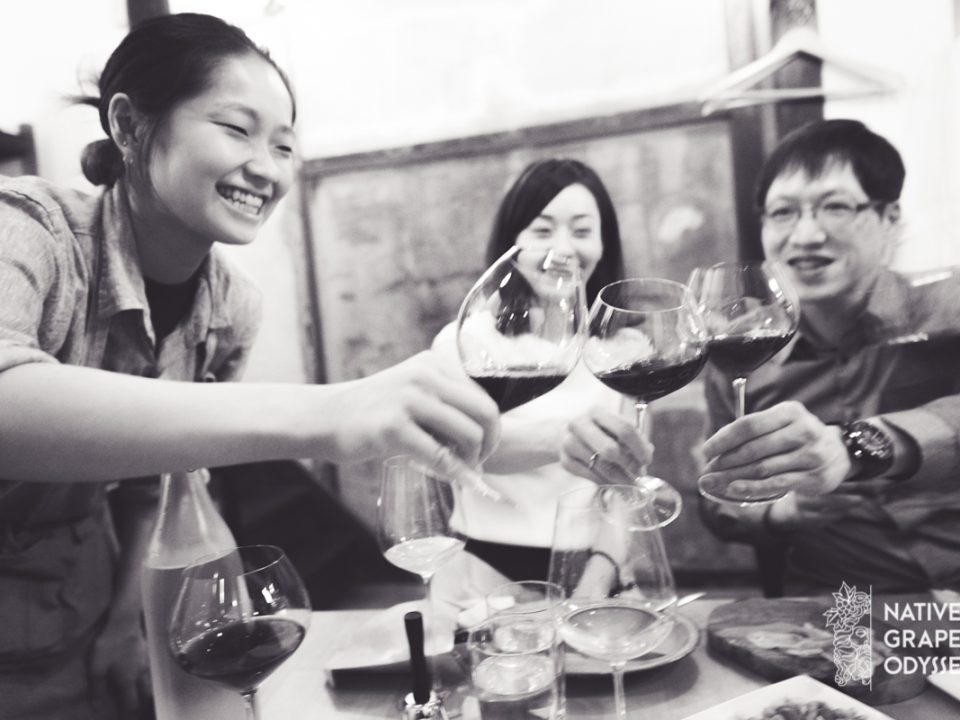
From “Cin Cin” to “Kampai”: the success of Italian wine within the Japanese market
February 6, 2020Spanish wine producers and Spanish designations of origin: a love story from “I” to…”DO”
If Spain were a TV series, it would have two central narratives: the people, (Spanish wine lovers and producers) and the designations of origin. Then, as with any self-respecting TV series, the various seasons would present a sequence of interlaced stories between the two – significant for the success of the whole series. In fact, Spain’s vine territories boast almost 90 DO (Denomination of Origin) or DOCa (Calificada Denomination of Origin) certified wines, not to mention numerous VdT (Vin de la Tierra). Followed by France and Italy, Spain ranks third in terms of being a major European wine producer, with more than 950,000 hectares of vineyards (15% of the total vineyards worldwide). But what do the acronyms DO, DOCa and VdT actually mean? and what makes them so special?
A designation of origin indicates the provenance of the particular grape/grapes in a wine. The designation of origin also represents the techniques used to make that wine, from the time of cultivation to when that wine was bottled as well as many other details.
Number one: trust
A “certified” wine will certainly be deemed (considered) more reliable in terms of quality than a wine that is not. For example, if you find yourself in the historic center of Tarragona, thirsty at lunchtime, then the best thing to do would be to enter a typical taberna and play your cards right: In many Spanish restaurants, they will recommend that you try one of their D.O. wines, rather than ordering a wine that is named simply for the grape. Of course, in Spain there are also grapes closely linked to an area such as Mencia from the Bierzo DO (León), Albariño from the Rías Baixas DO (Galicia) or Bobal from Utiel Requena (Valencia). And we cannot forget to name Tempranillo, which can be found in mythical areas of Spain as a DOCa. Rioja, DO Ribera del Duero or DO Toro.
Number two: membership
Producing, exporting, or simply consuming a VdT, DO or DOCa wine will transport you closer to the specific territory and the country as a whole. This is because, as every food or wine blogger will know, wine is never just wine. There is a special story that hides within every glass, and just like in a film or soundtrack, there are specific characters linked to the place where the story is set. The most authentic people emerge. WineEnthusiast asked Spanish wine producer Cristina Mantilla “Why did you want to become a winemaker?” during an interview, and she answered by saying, “I am Gallega, and there is an enduring “Atlantic” personality to the wines of my homeland. Expressing this style is what motivates me the most”.
Talking about the expression of a style and of a specific Spanish culture, Master of Wine Pedro Ballesteros gives his opinion: “wine becomes much more than a mere drink when it is associated with a culture and its natural surroundings. A wine which is not the result of someone’s passion for the land has very limited interest, immaterial to the pleasant flavour it might have”. This particular opinion is the right vision and approach we need, because we are talking of a man who started in the wine business “before it was cool” and most of all, because it was first a hobby. He was able to combine his passion for his environmental and the work he carries out at the European Commission, all the time remaining convinced that the care given to a land must be first of all a way of thinking and then, a business.
Similarly, Devon Broglie, Master Sommelier, buyer, and leading voice in the Spanish wine market talked about his experience with Spanish wine in the an interview with Food and Wine from Spain “I was initially passionate about restaurants and hospitality, and specifically gravitated towards wine from there. My deep love for Spanish wine began after an extended stay in Barcelona and visits to the DOCa’s of Rioja and Priorat back in the late 1990’s…Spain’s strength is in its history and culture of familial grape growing and wine making. There continues to be incredible access to old vine, native grape varieties at extremely reasonable prices”.
Number three: the quality
Therefore, a wine that bears a designation of origin seal is synonymous with quality, the place and its people. For example, when tasting a Rioja or a Ribera del Duero, these wines will take you beyond a wonderful flavor experience, you will also recognize the territory, characteristics of the soil and the ageing techniques used (like barrel ageing); we would go so far as to say that distinct cultural traditions are carried forward into the glass.
Number four: the numbers don’t lie
Wines associated with Spain and its designations of origin help to boost excellent results in terms of sales on the market. Like Italy, Spain also enjoys a very high flow of tourists every season of the year – second country in the world by number of tourists, with 82.7 million in 2018, and it is therefore able to more easily showcase its products to the world. In Spain there are already around 5000 wineries and the number is expected to increase in the future due to the many areas producing high quality wines that are yet to be discovered.
Final bonus: wine and food pairing
In addition to all these points, it is worth spending a minute talking about Spanish food . Abroad, restaurants serving typical Spanish cuisine are widespread, which has led to an exponential growth in the reputation of their products. Obviously, every dish (Paella, Iberic ham, Spanish omelette are just a taste) can always be accompanied by any of the great Spanish wines out there.
Spanish and Italian wines are among the best known and most demanded in the world. In some of their wine-producing territories, famous varieties of grapes are also cultivated until today. Some of them have been designated by UNESCO as World Heritage. To find out more, make sure you read our next article!



